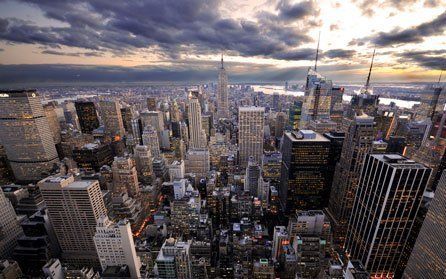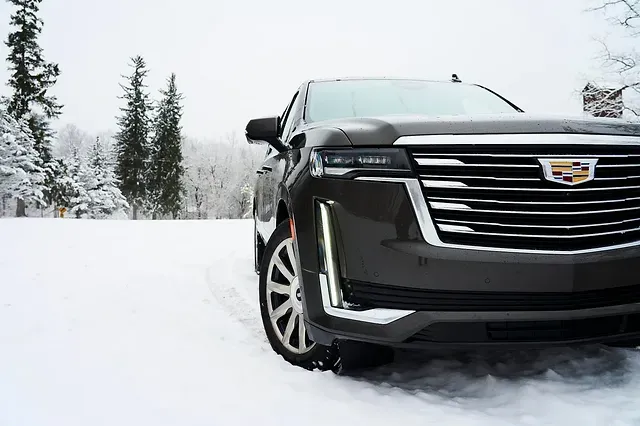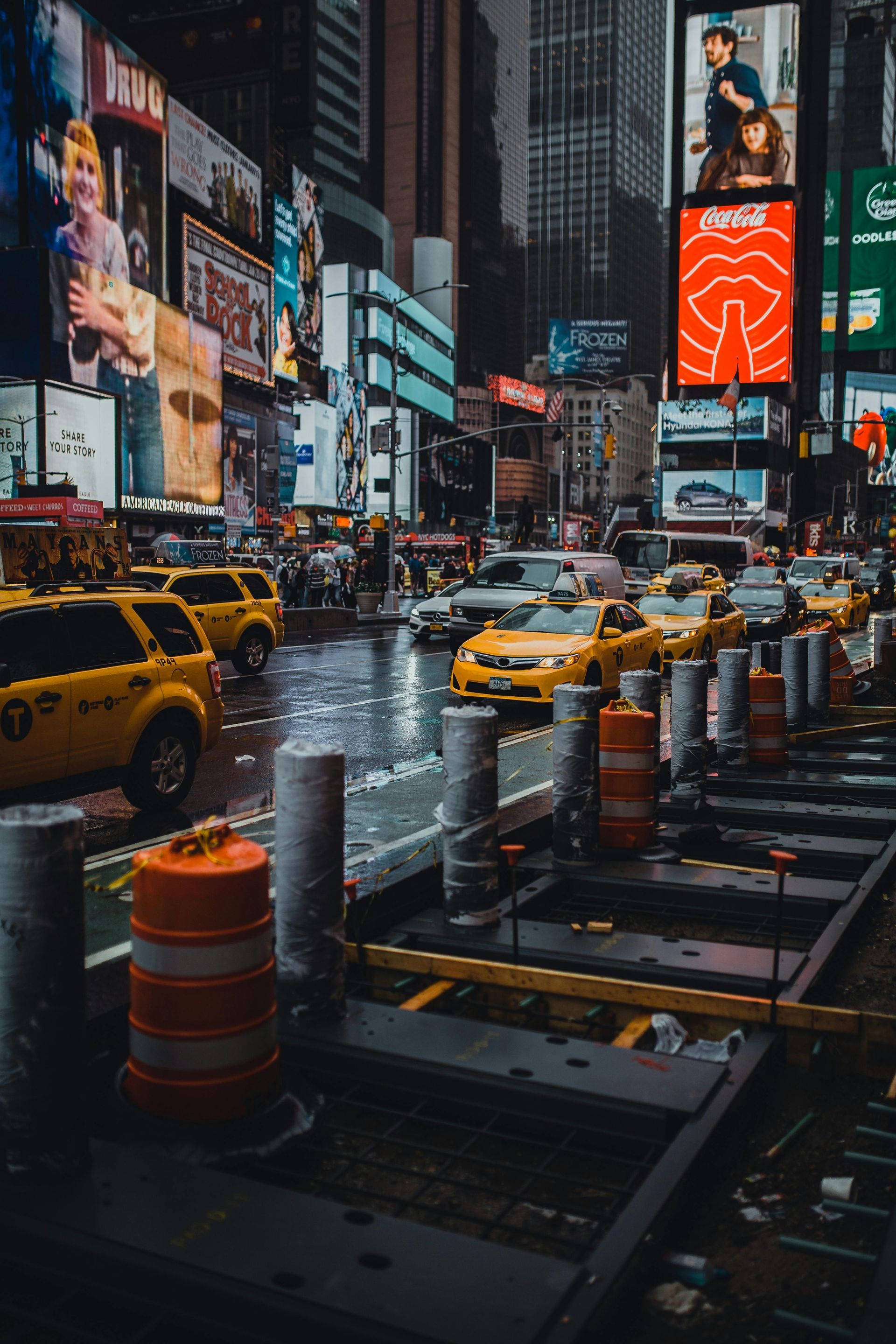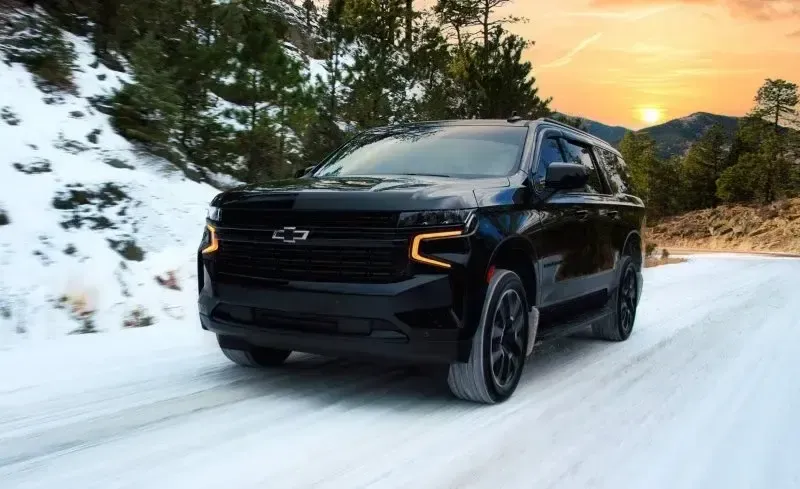From Mozart to Beyoncé
The Best Concerts to Attend in Your City
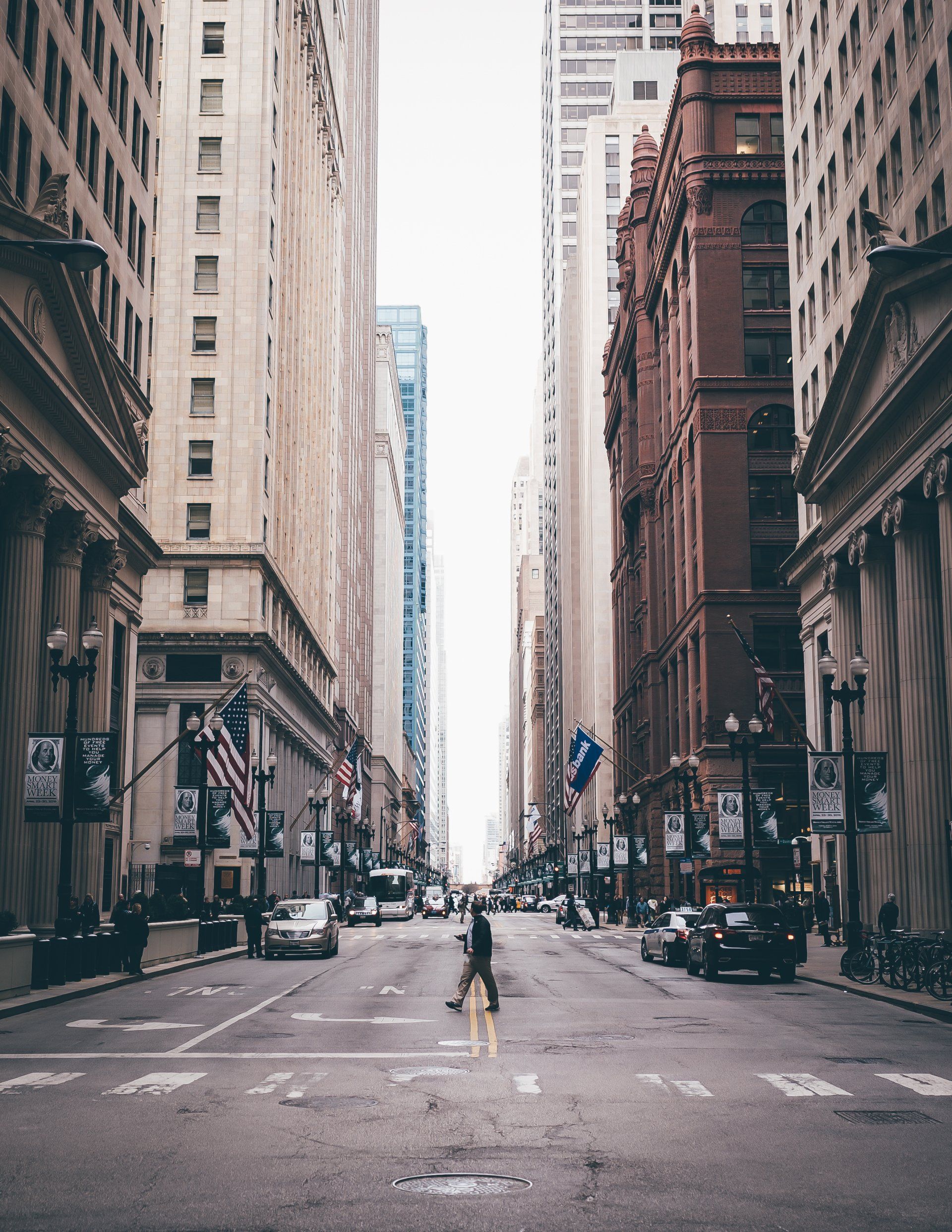
In this blog post titled "From Mozart to Beyoncé: The Best Concerts to Attend in Your City," we delve into the exciting world of live music. Whether you're a classical music enthusiast or a die-hard fan of contemporary pop, this guide has got you covered. We explore a diverse range of concerts, from timeless symphonies to electrifying stadium performances, ensuring there's something for everyone in your city. Get ready to experience the magic of live music as we highlight the must-see concerts that will leave you with unforgettable memories!
Introduction
Music has the power to transport us to different worlds, evoke emotions, and create unforgettable memories. There's something truly special about experiencing music live, with its raw energy and the connection between the audience and the performers. Concerts offer a unique opportunity to immerse ourselves in the artistry of musicians and witness their talent firsthand. In this guide, we'll take you on a journey through different genres and highlight some of the best concerts to attend in your city.
The Importance of Live Music
Live music has a way of bringing people together and creating a sense of unity. It allows us to escape from our daily routines and embrace the moment. Attending a concert is not just about listening to your favorite songs; it's about being part of a collective experience and sharing the joy of music with others. Live performances also give artists the chance to connect with their fans on a deeper level, creating memories that last a lifetime.
Classical Concerts
For those who appreciate the beauty of classical music, attending a symphony concert can be a truly transformative experience. From the delicate melodies of Mozart to the emotional depth of Beethoven, classical concerts offer a glimpse into the genius of composers who shaped the history of music. Some must-see classical concerts include:
- The Timeless Magic of Mozart
- Beethoven: A Symphony of Emotion
- Vivaldi: The Four Seasons
Pop and Rock Concerts
If you're a fan of energetic performances and catchy tunes, pop and rock concerts are the way to go. These concerts are known for their electrifying atmosphere and the ability to get the crowd on their feet. Here are some legendary pop and rock concerts you won't want to miss:
- Beyoncé: The Queen of the Stage
- Rolling Stones: Living Legends
- Ed Sheeran: An Acoustic Experience
Jazz and Blues Concerts
For those who prefer the smooth sounds of jazz and the soulful melodies of blues, attending a jazz or blues concert is a must. These concerts offer a chance to witness the improvisation and artistry of talented musicians. Here are some iconic jazz and blues concerts worth attending:
- Miles Davis: The Cool Sound of Jazz
- Nina Simone: A Soulful Experience
- John Lee Hooker: The King of Blues
Local and Indie Bands
Supporting your local music scene is not only a way to discover new talent but also a way to contribute to the growth of your community. Local and indie bands often perform in intimate venues, providing an up-close and personal experience. Attending these concerts allows you to connect with the artists and be part of their journey. Here are some reasons why you should support your local music scene:
- Supporting Your Local Music Scene
- Discovering Up-and-Coming Artists
- Attending Intimate Concerts
Conclusion
Live music has the power to move us, inspire us, and create lasting memories. Whether you prefer classical, pop, rock, jazz, blues, or local indie bands, there's a concert out there that will cater to your musical taste. So, keep an eye out for upcoming concerts in your city and be ready to experience the magic that only live music can offer. Get your tickets, gather your friends, and get ready for an unforgettable night of music!
For more information about our executive limo services, visit our website at https://www.executivelimosolutions.com/



